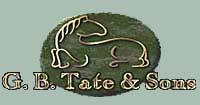 G.B. Tate & Sons Fine Art Established 1967 |
How do I tell if I have a painting or a reproduction?
 G.B. Tate & Sons Fine Art Established 1967 |
|
1. Reproductions often have copyright information PRINTED on it in small letters, eg: XYZ Art Co. with a Copyright Symbol, "?" and date. 2. Reproductions are usually done on paper, cardboard or fiberboard. This will usually be a grey colored board that is thin and stiff, with little substance, light in weight. 3. Reproductions are sometimes done on canvas. If it is on canvas... hold the work up to the light and view it from behind. If you can easily and evenly see the image of the entire scene from behind, it is probably a reproduction. 4. Many times, you can see a dot matrix pattern, if you look at the surface under magnification. This is the same pattern you will find on magazine or book images, typical of photo mechanical reproductions. 5. Extra Note: If you have a Robert Wood, and there is a brass name plate on the frame, with the title of the paintng and name of the artist, the chances are good that it is a reproduction, not an original. |
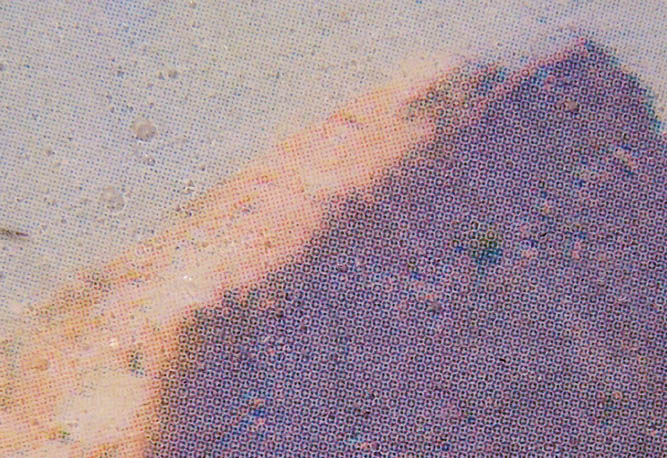
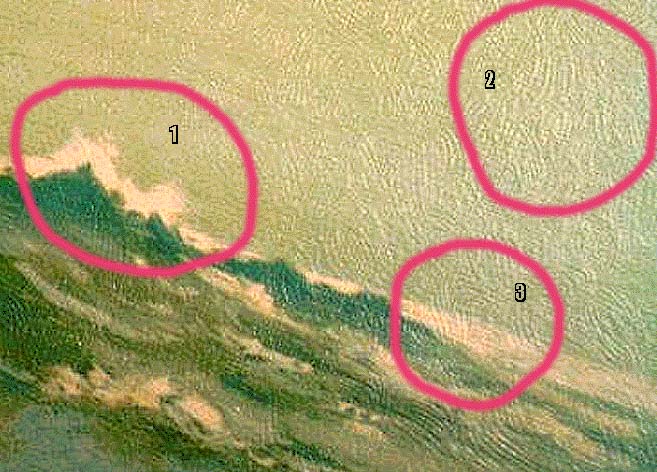
Details of the surface of a reproduction...
1.
Look for places where the paint
should be thick.
Here, you see only the image of thickness, but no paint substance
2. See the even "strokes", made by machine in a pattern... no individual hand painted strokes here
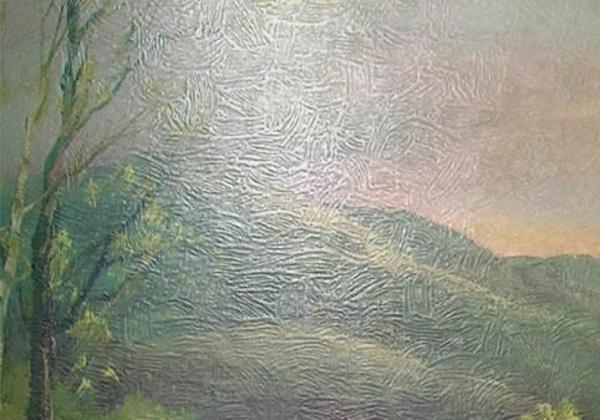
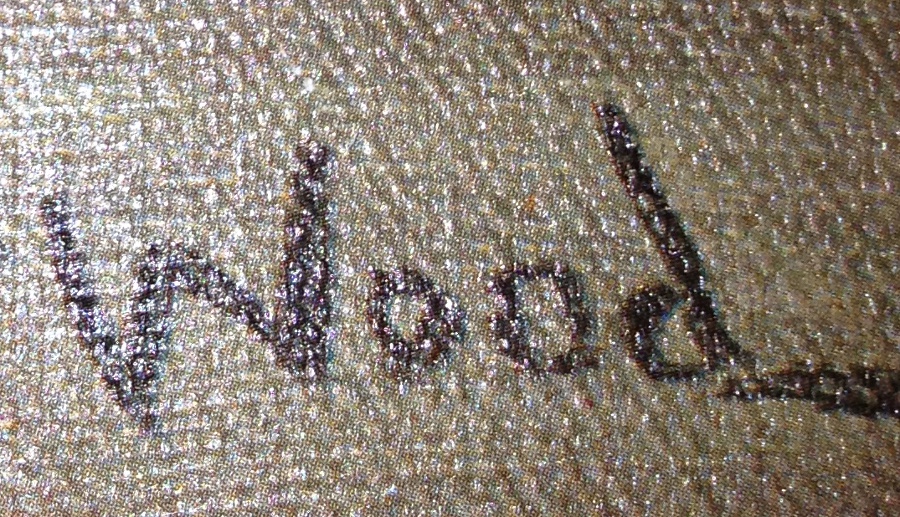
|
Original paintings are often done on canvas, wood or masonite panel, or even paper. Works on canvas usually have a stretcher, which can be used to judge age and authenticity. Paint has its own character. You can see the flow of paint on a surface, how it stands up on its own and how its color adds to others around it. You can feel paint with your fingers, rough or smooth, with a tactile sense to it Notations on the back of the work are often very telling. Look for labels, stamps or written notations that might give you some history, provenance or other indication of authenticity. Remember... the real thing has its own life... if you have any questions, please check with us. |
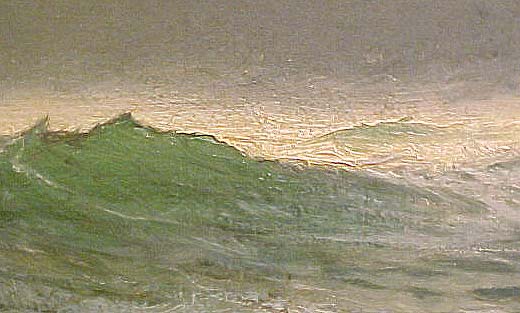
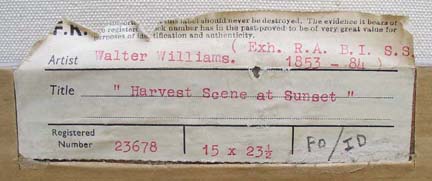
gbt@gbtate.com OR call us at (307) 399-3316 |